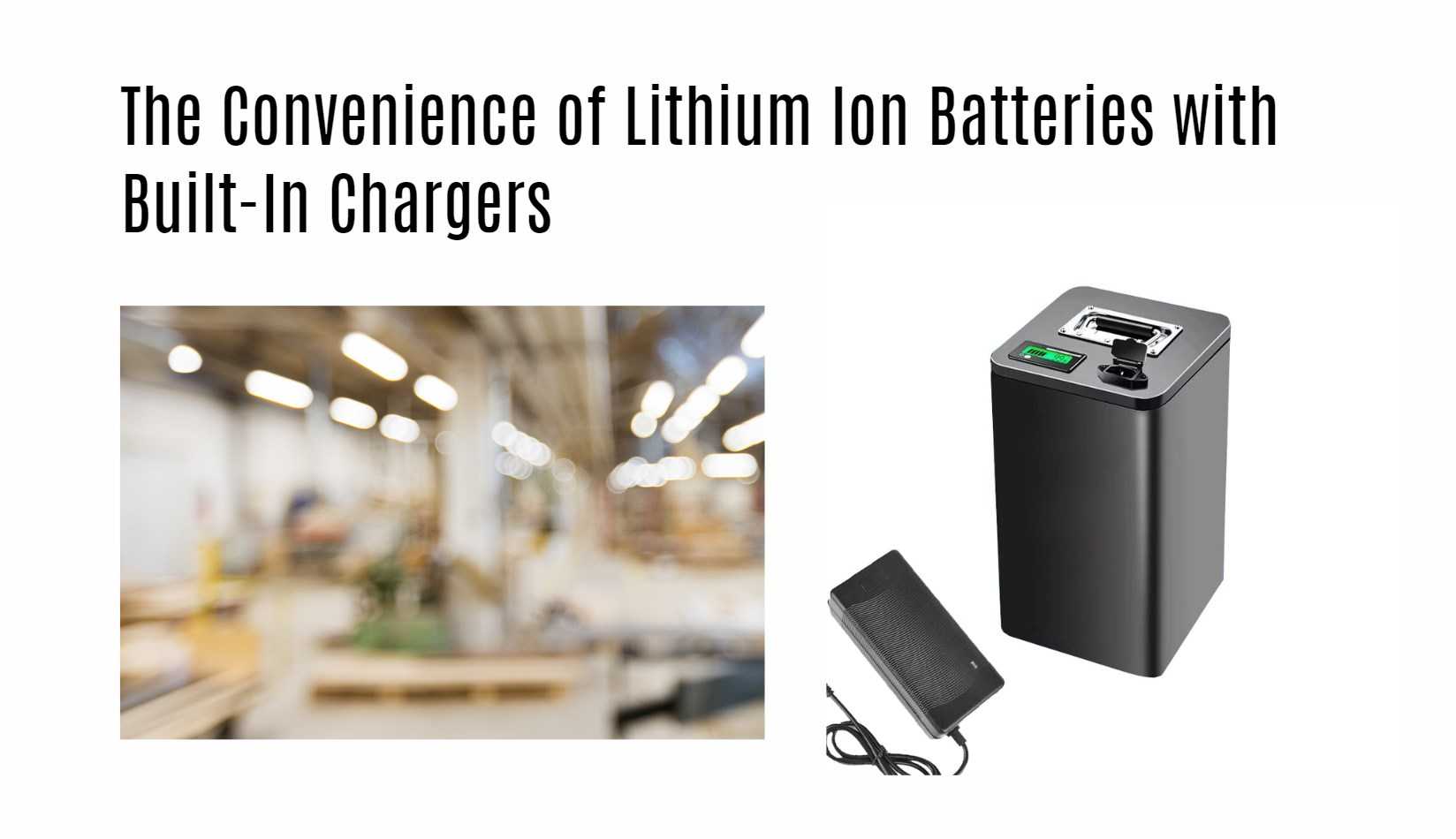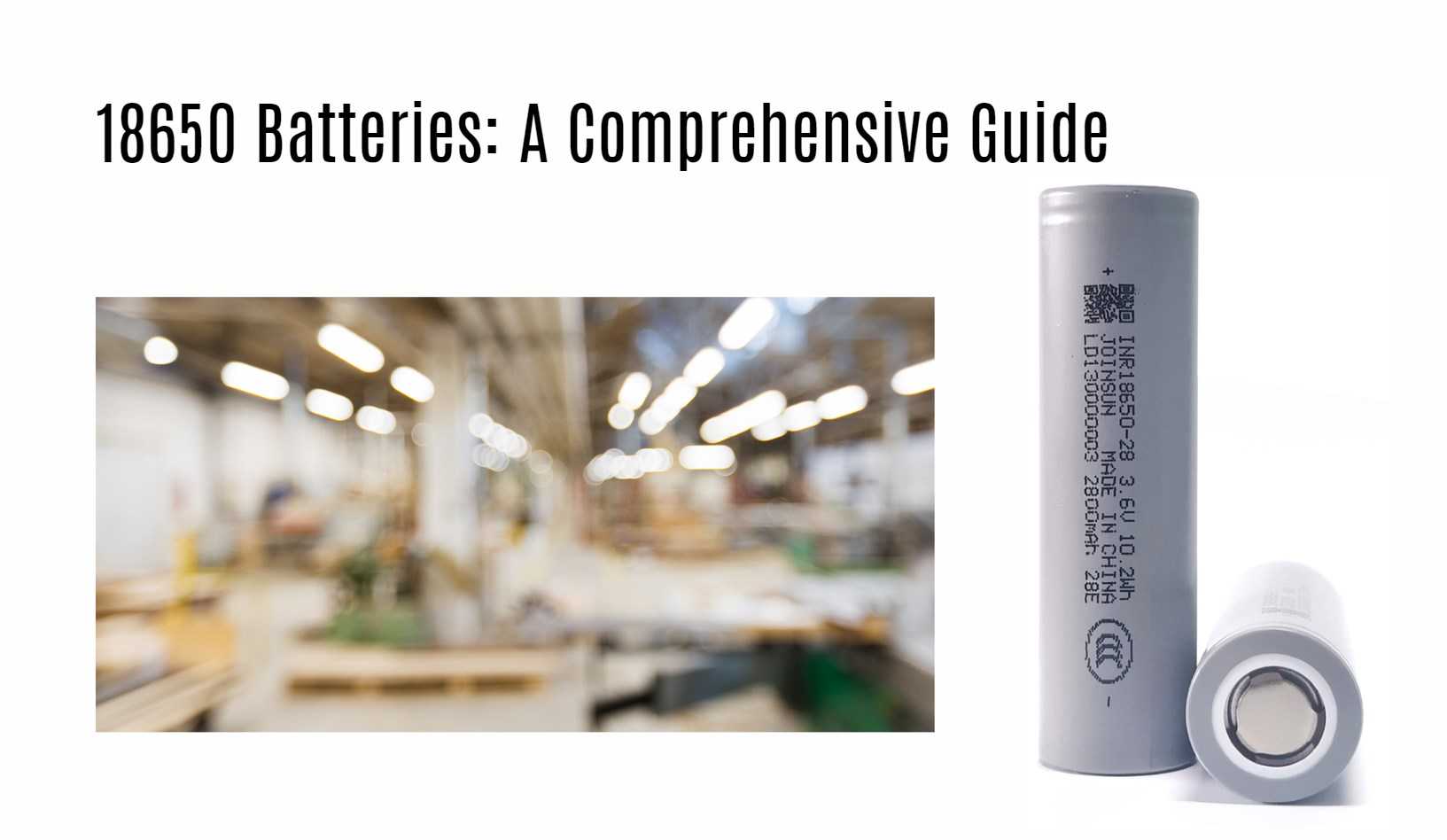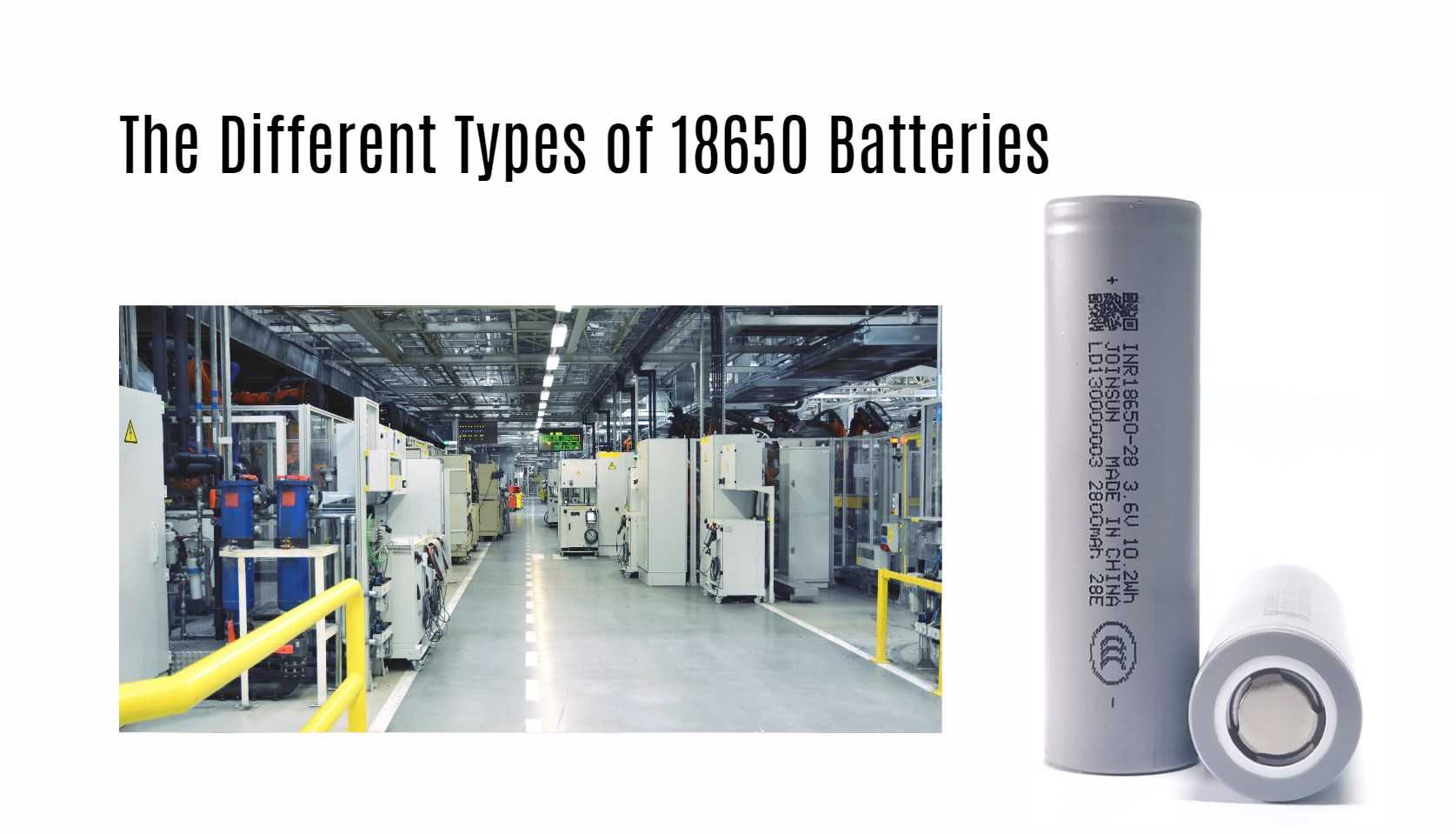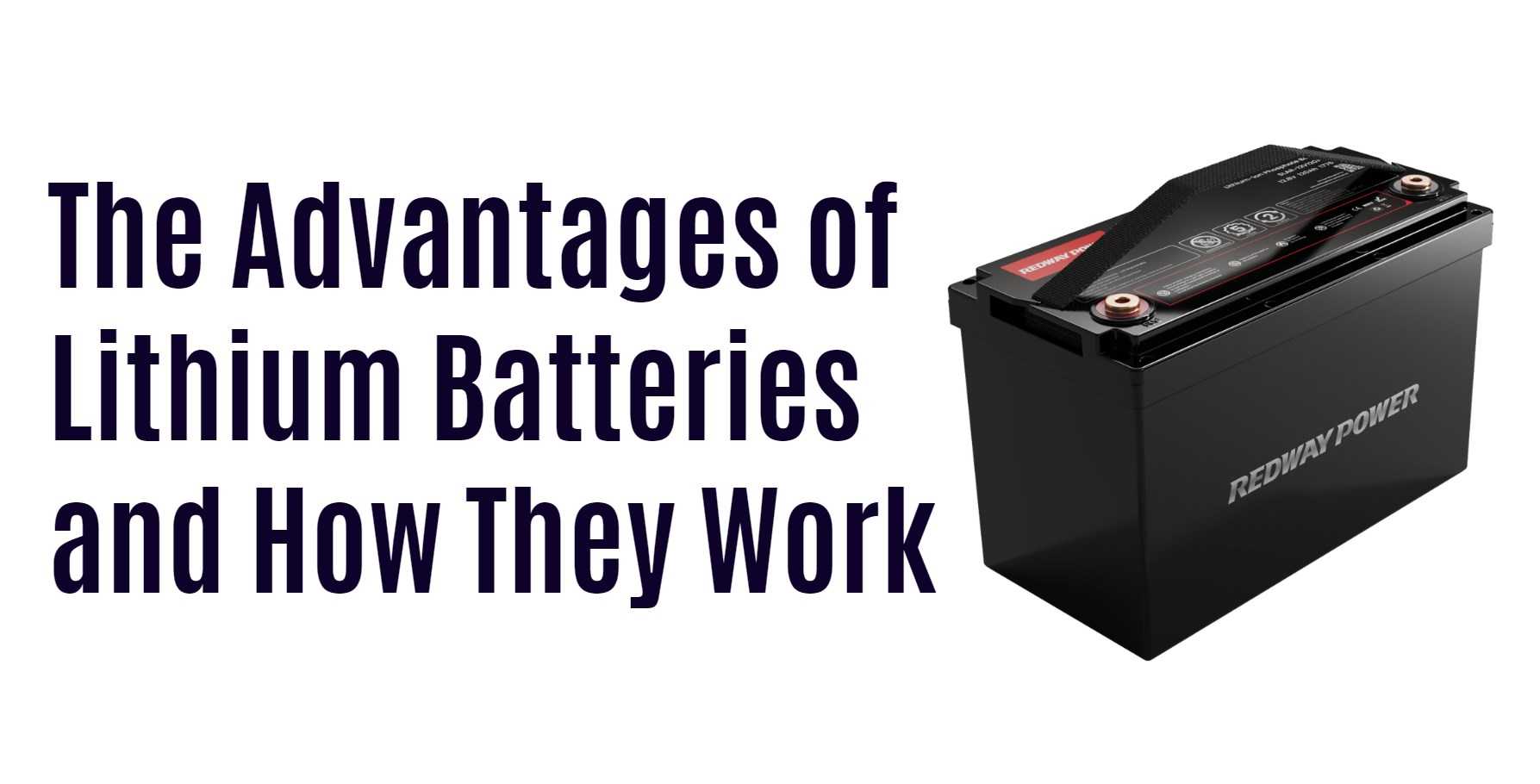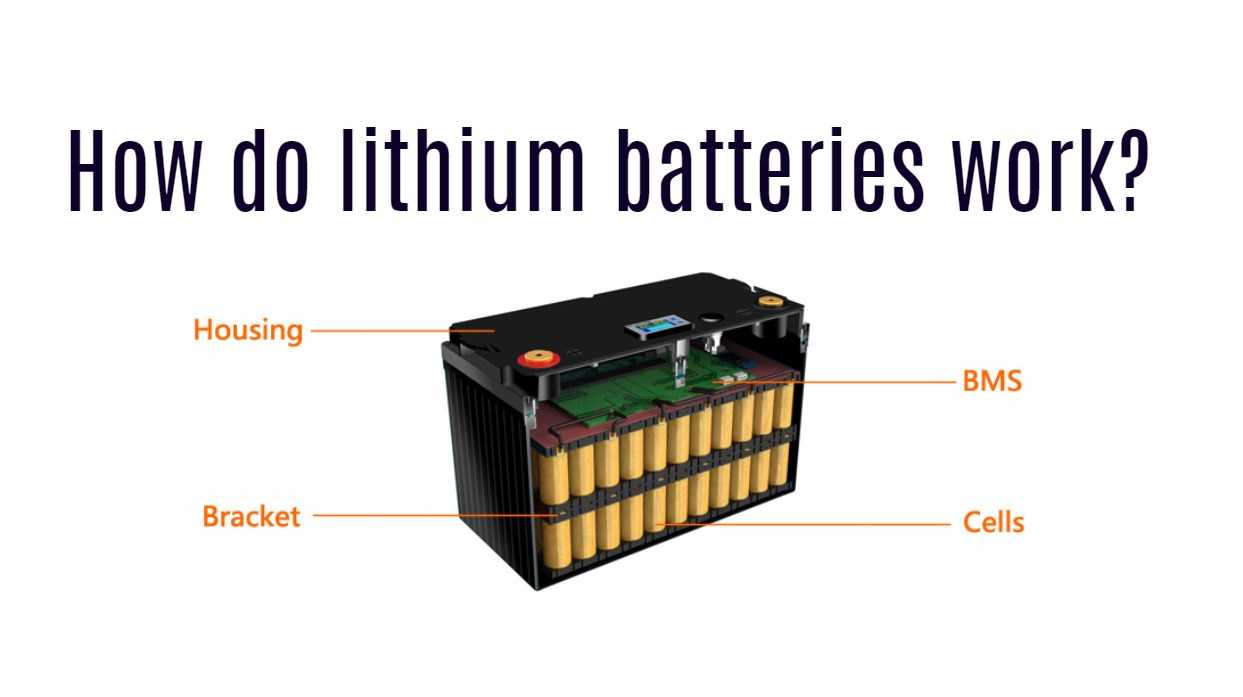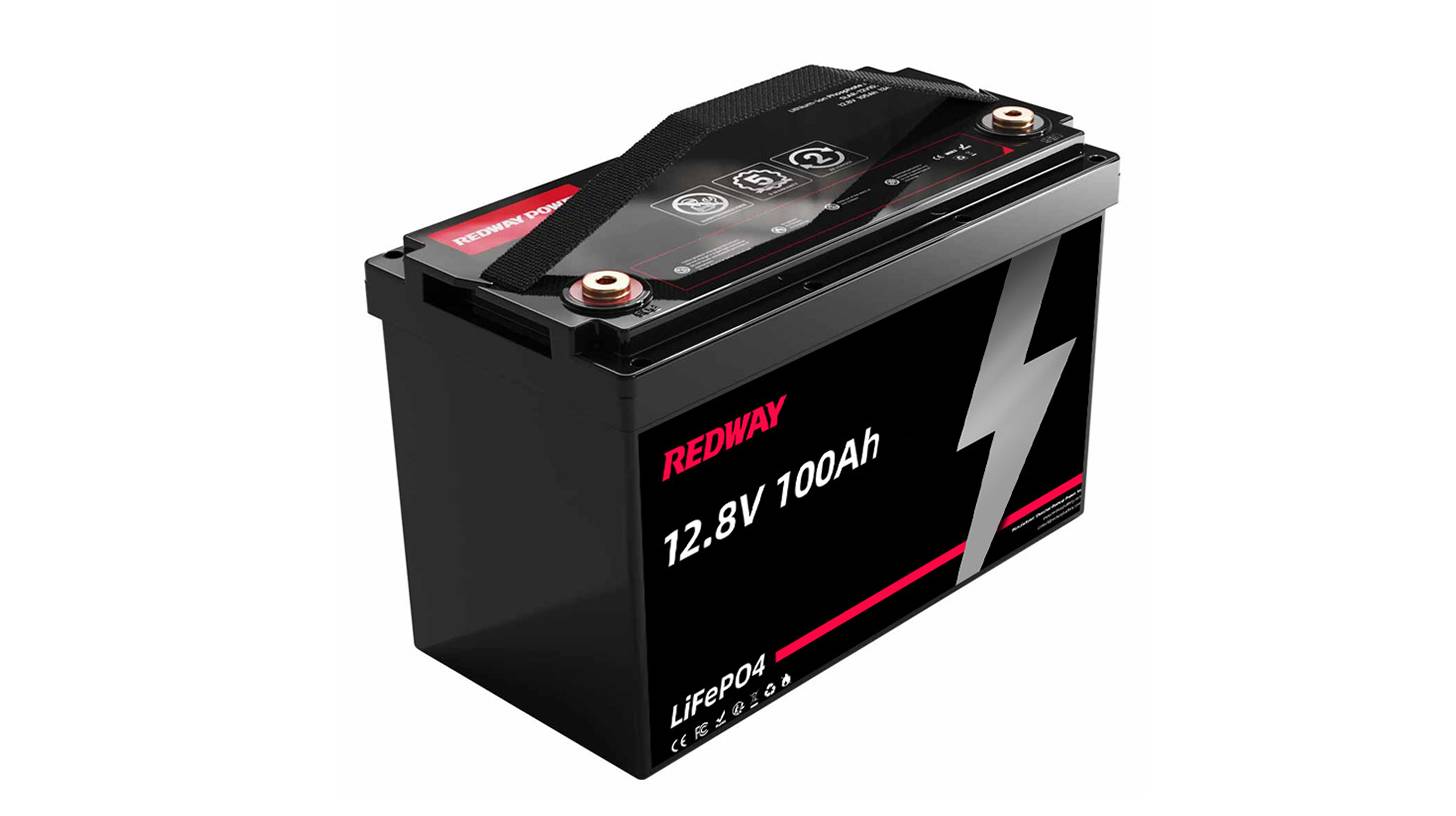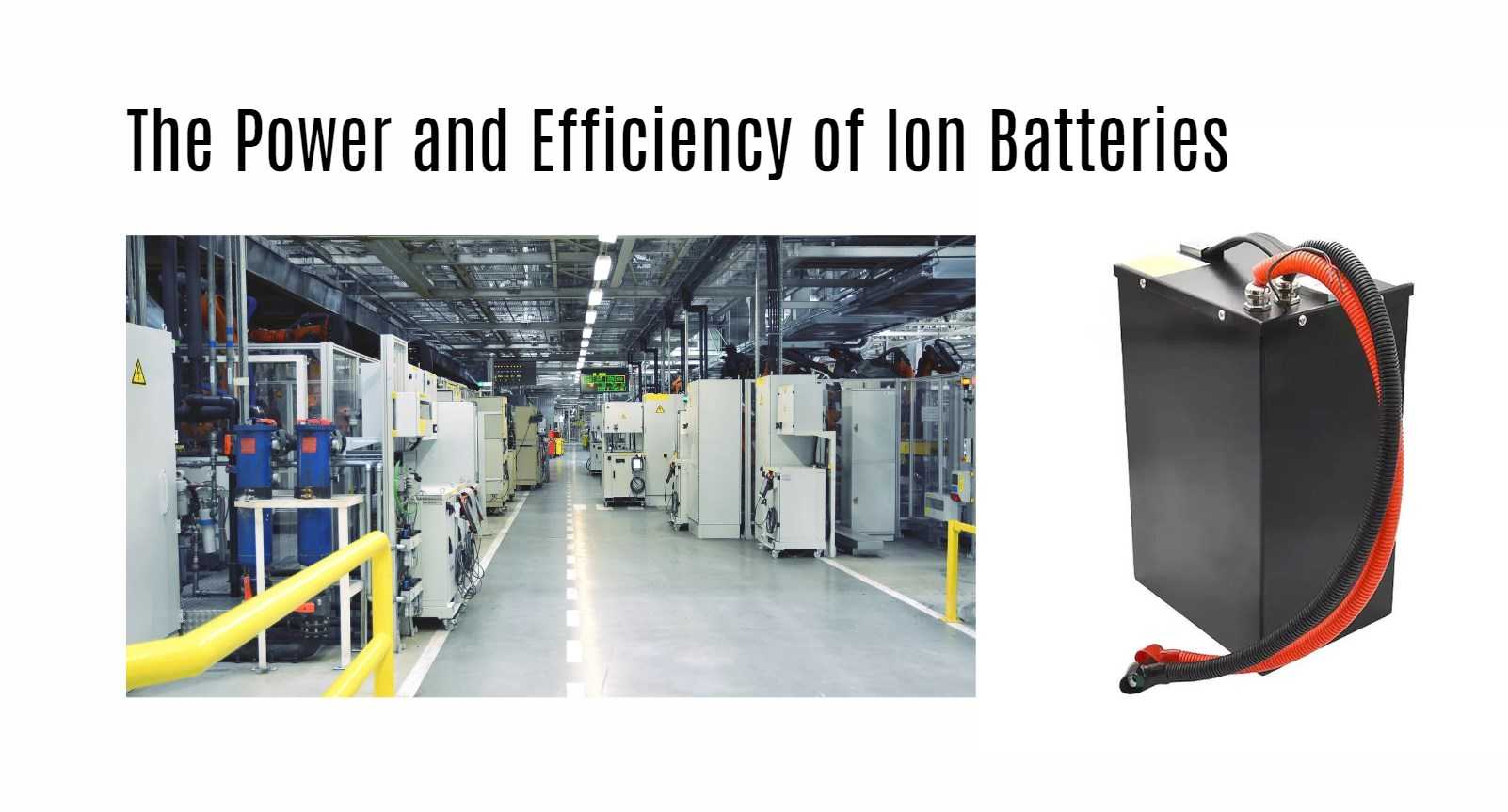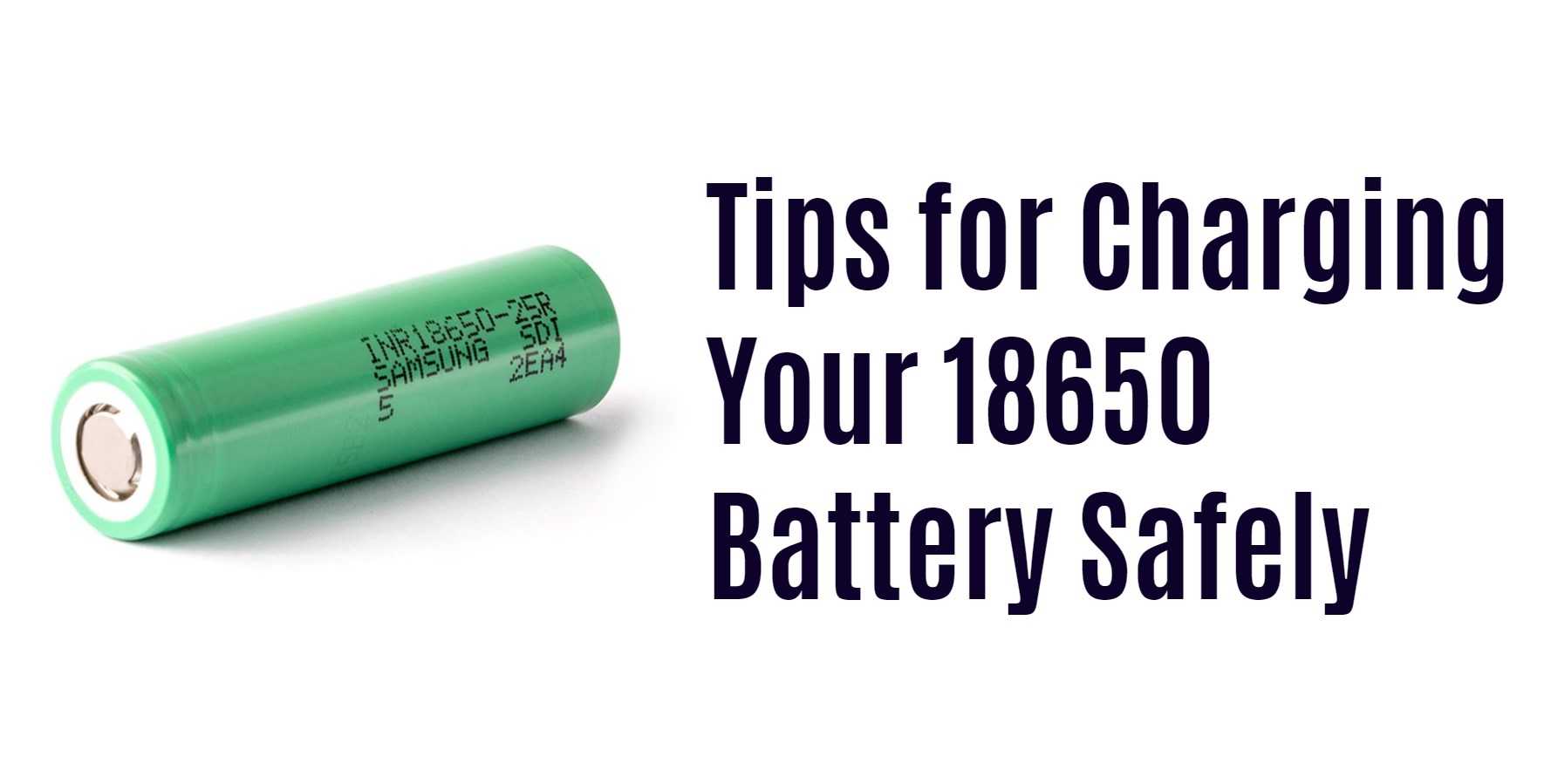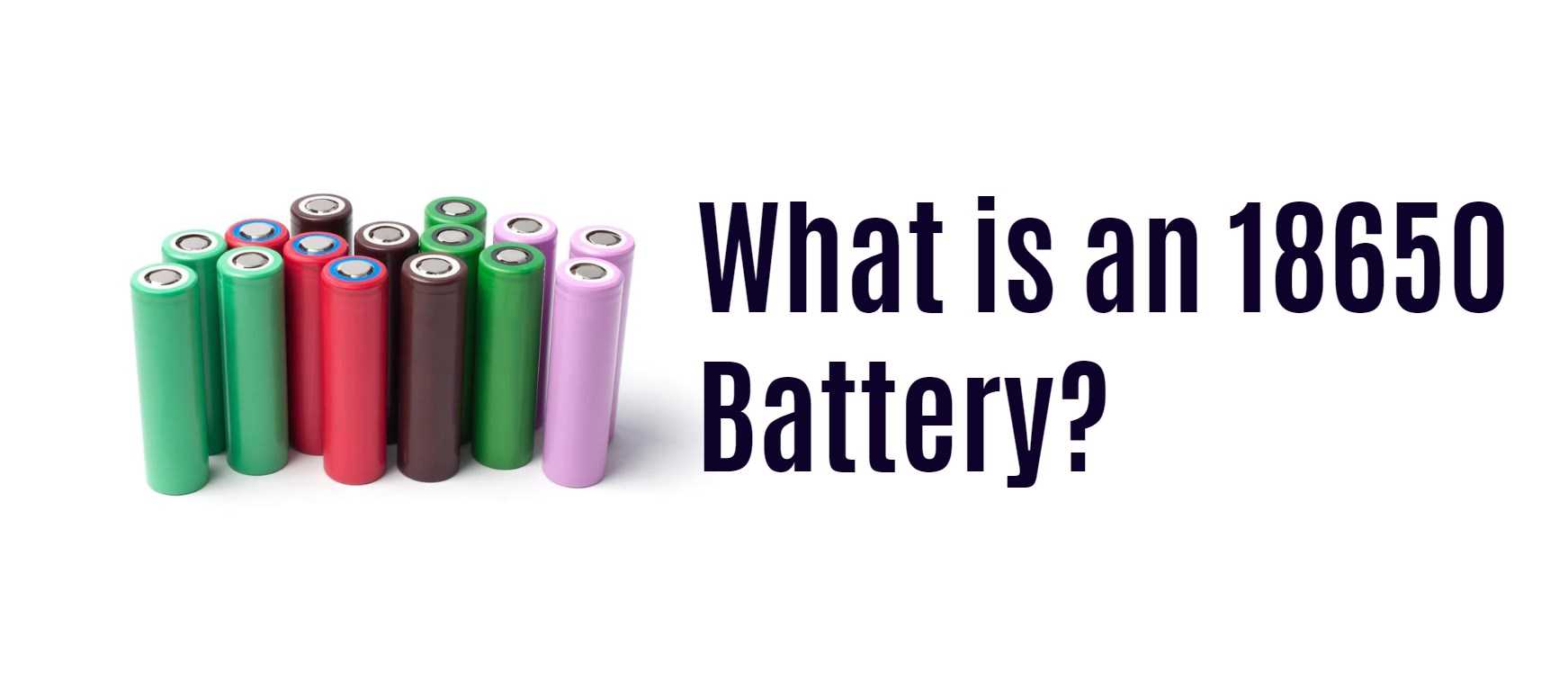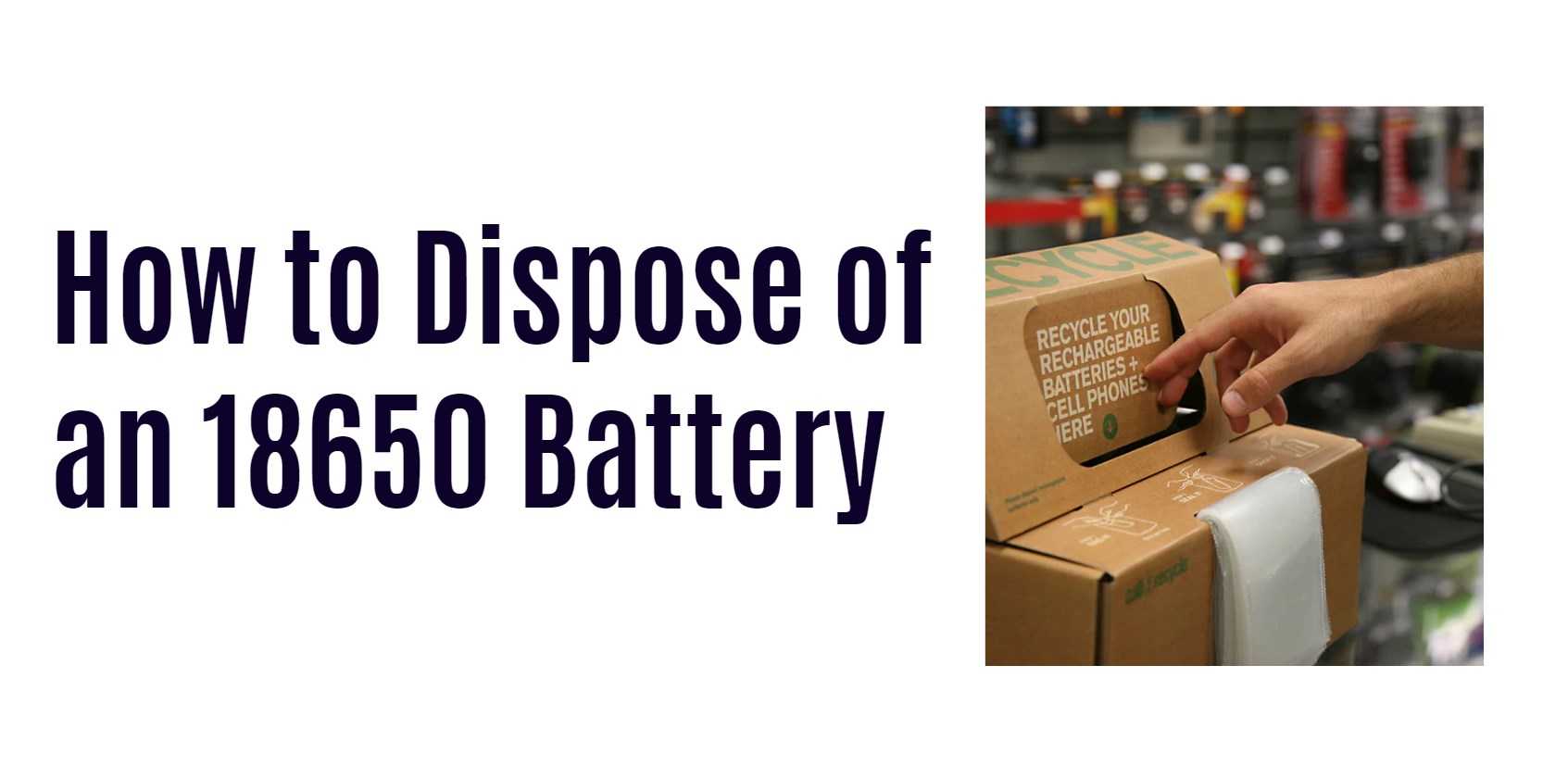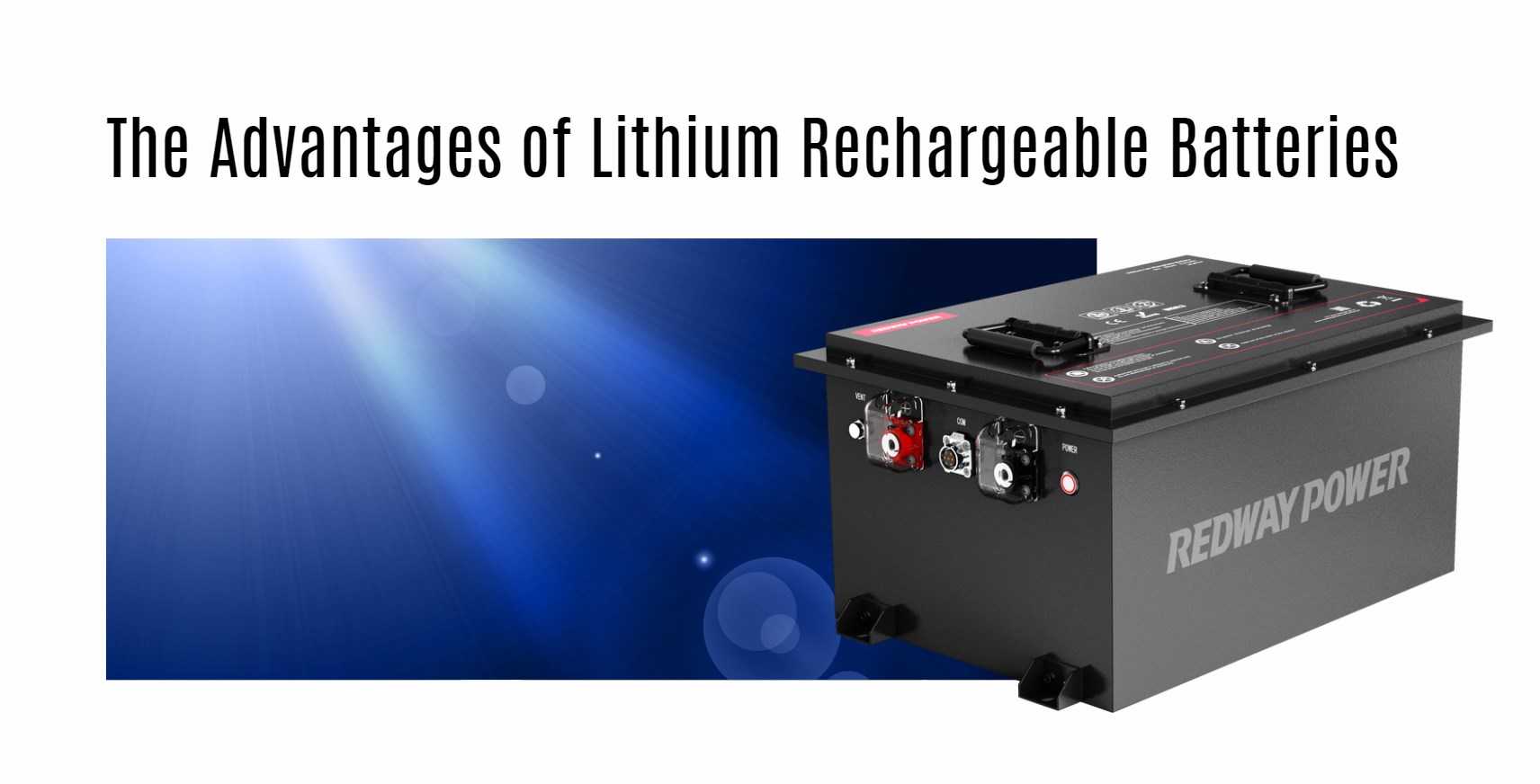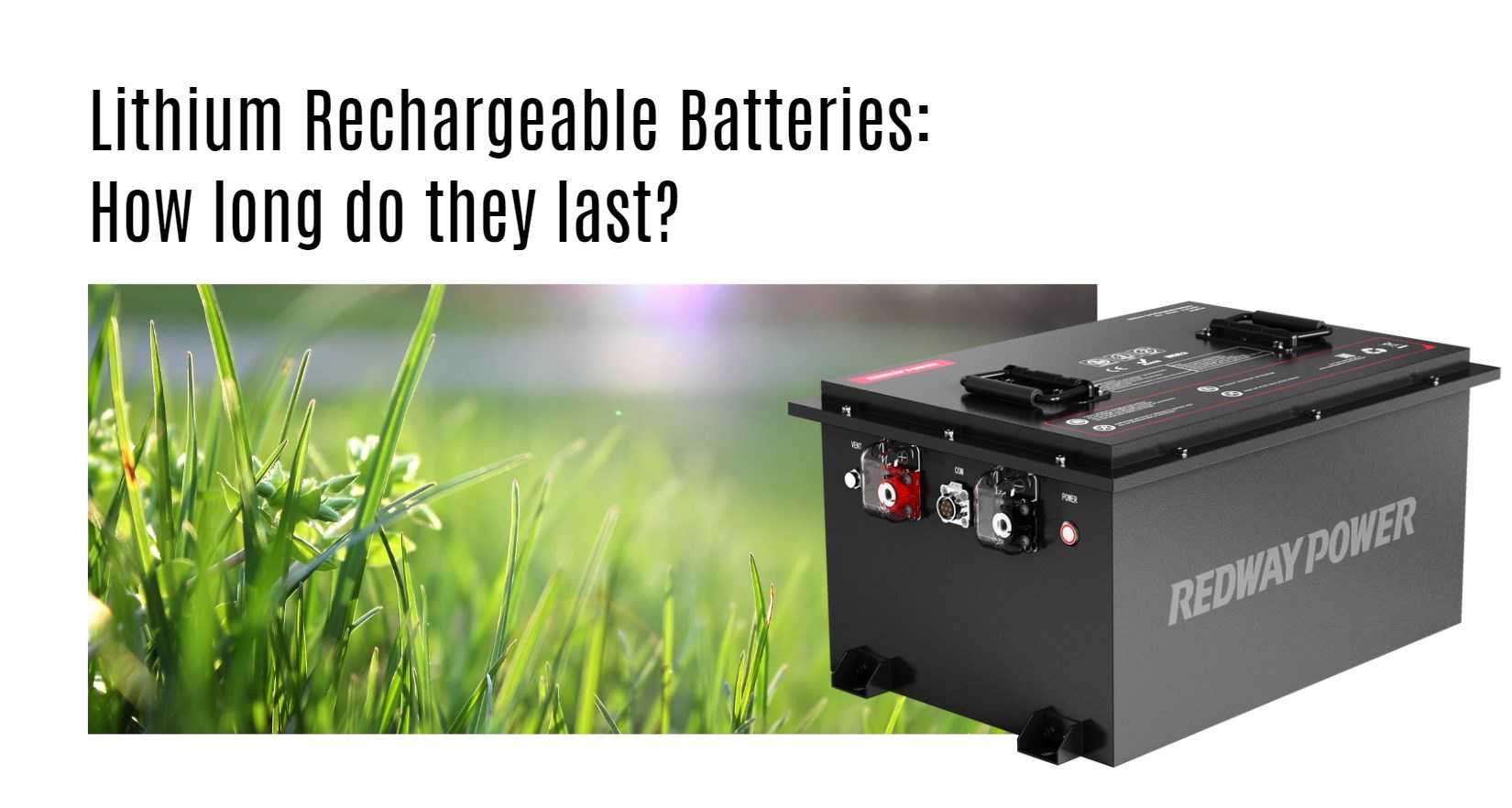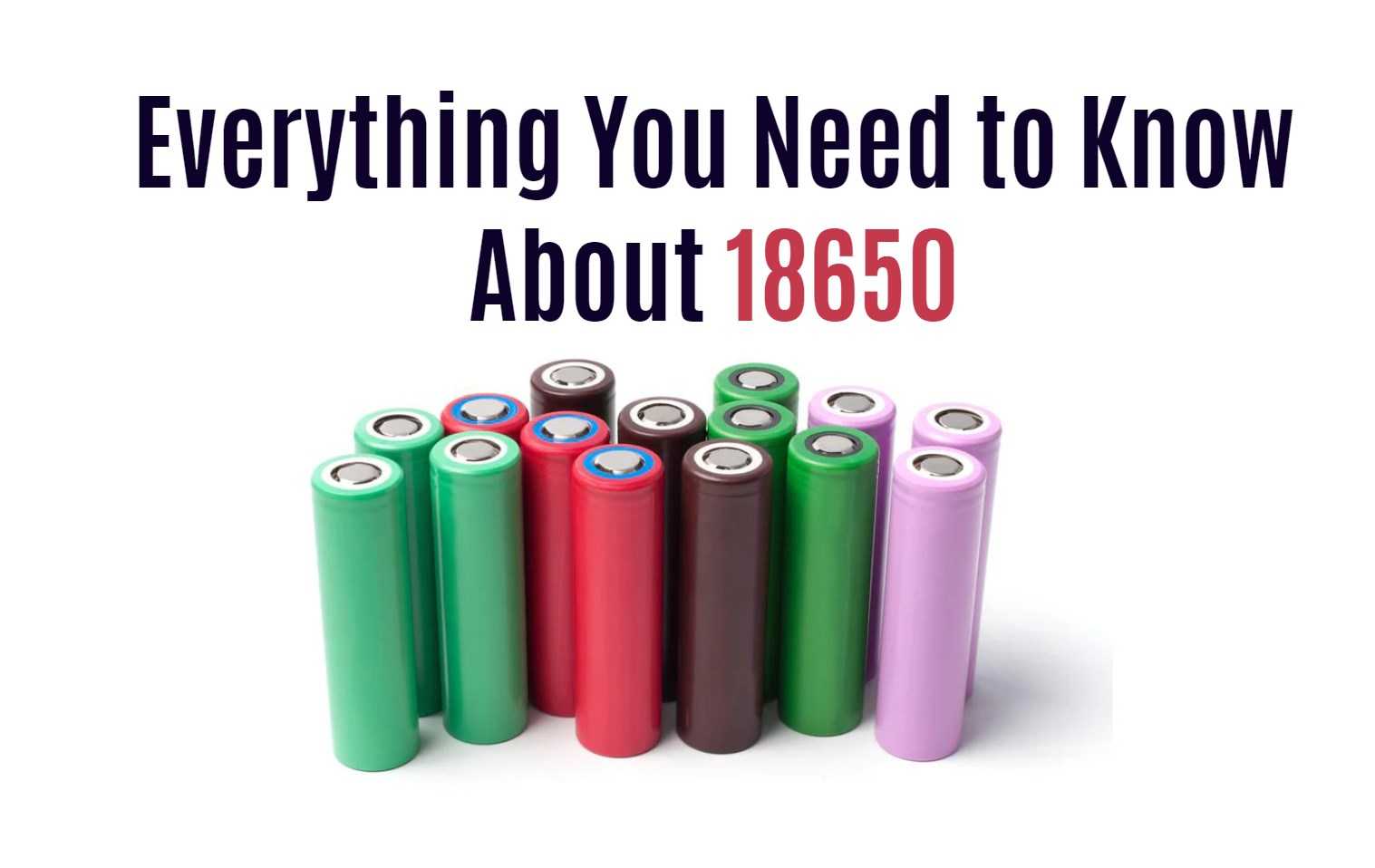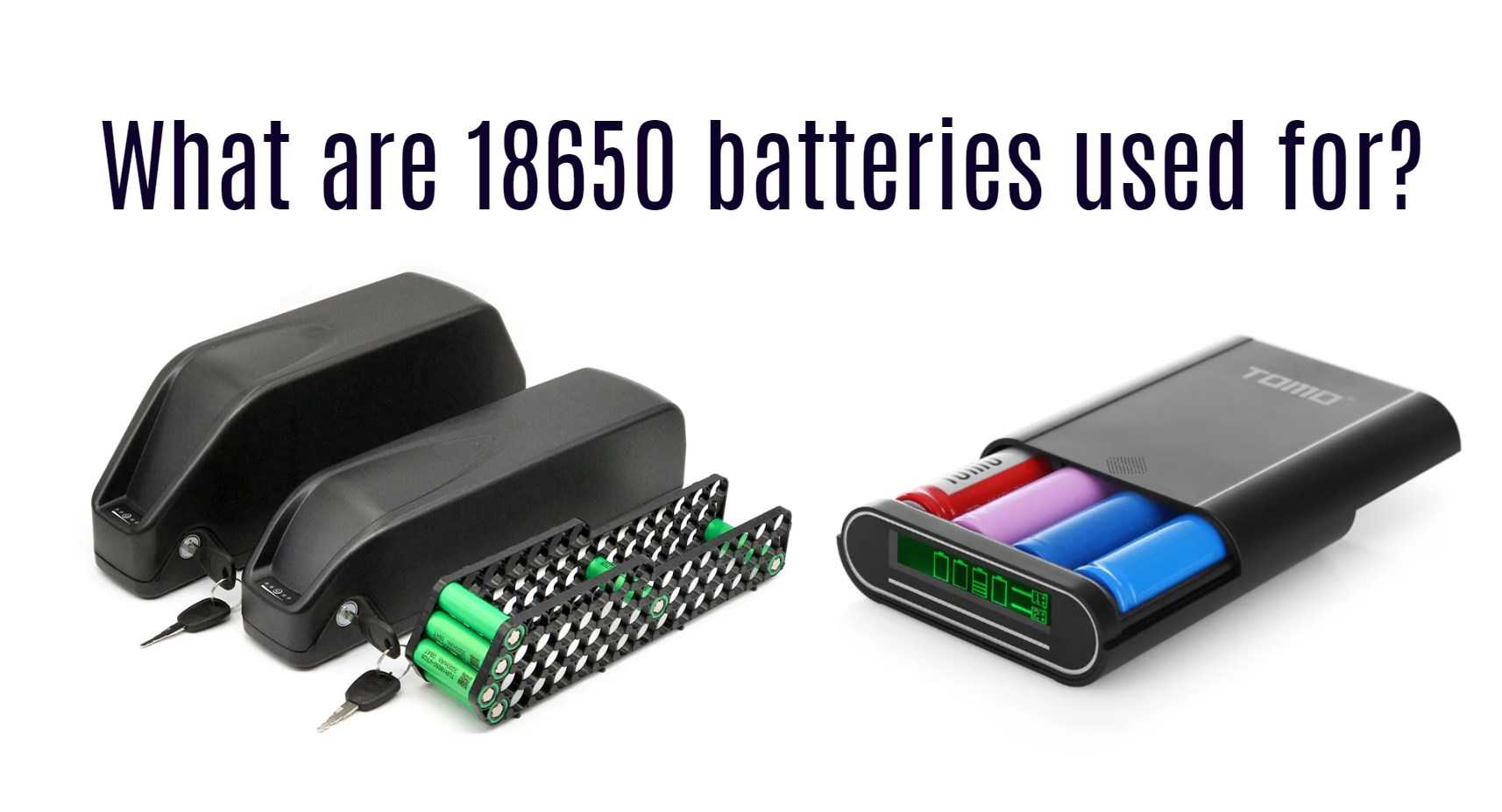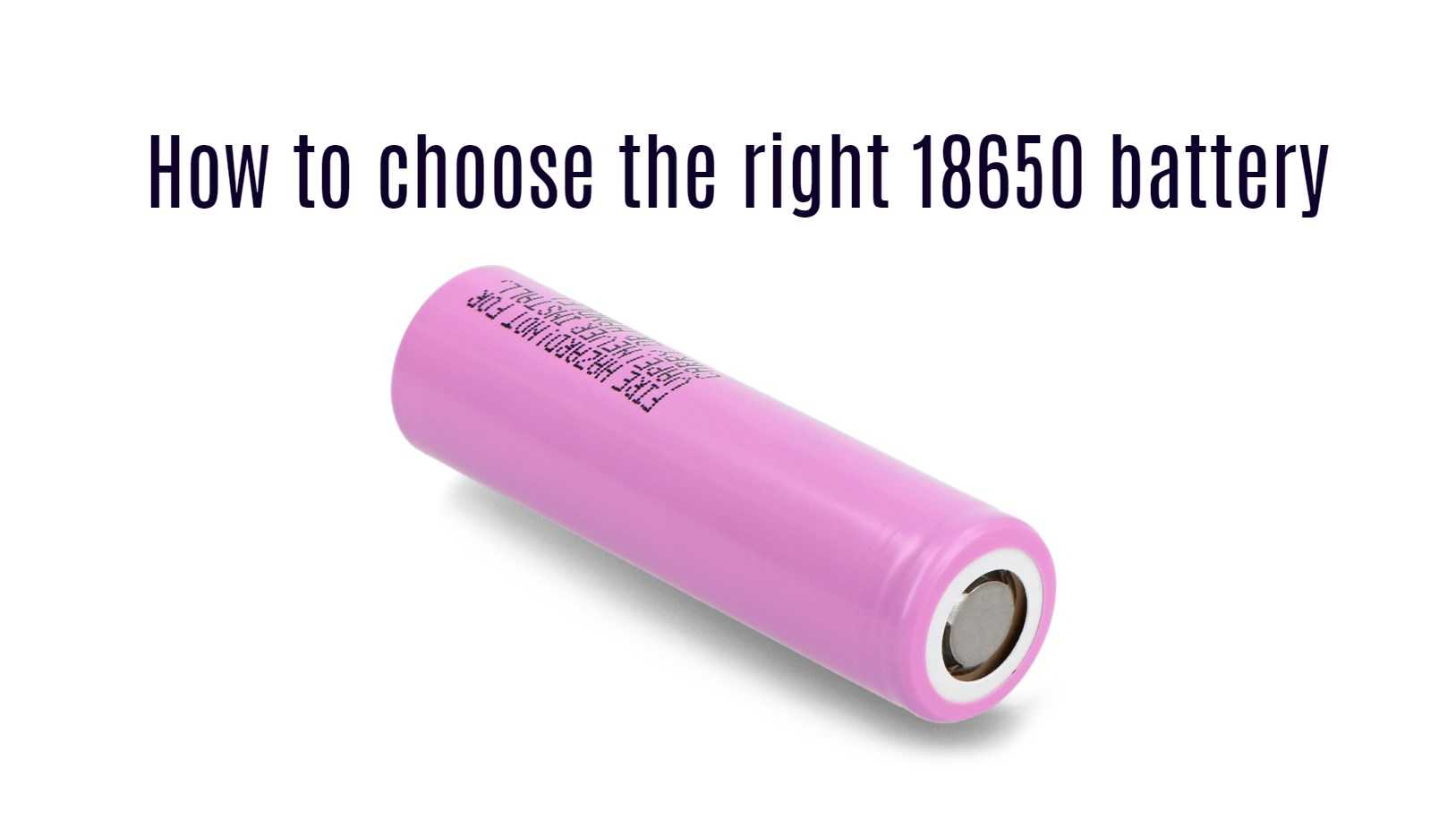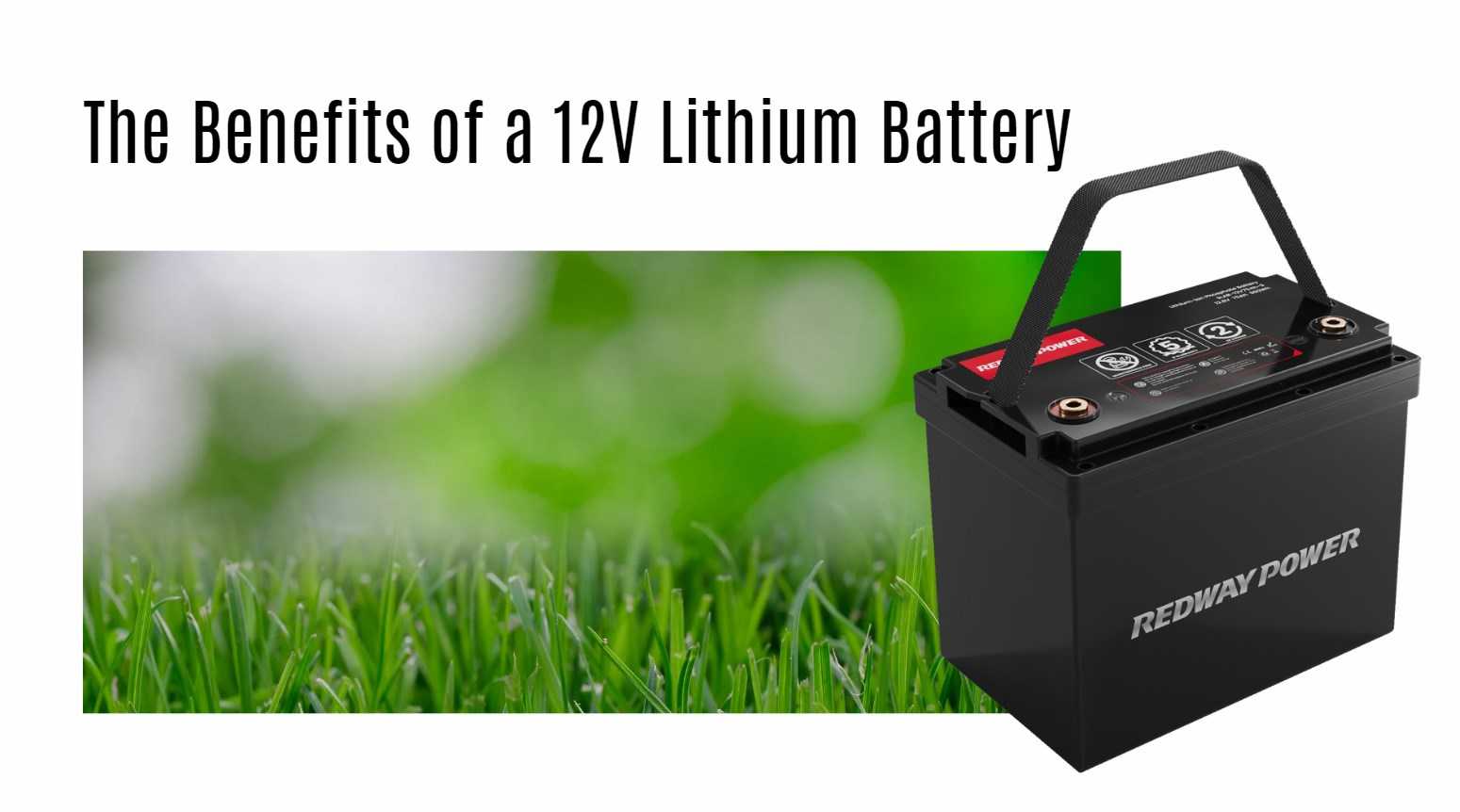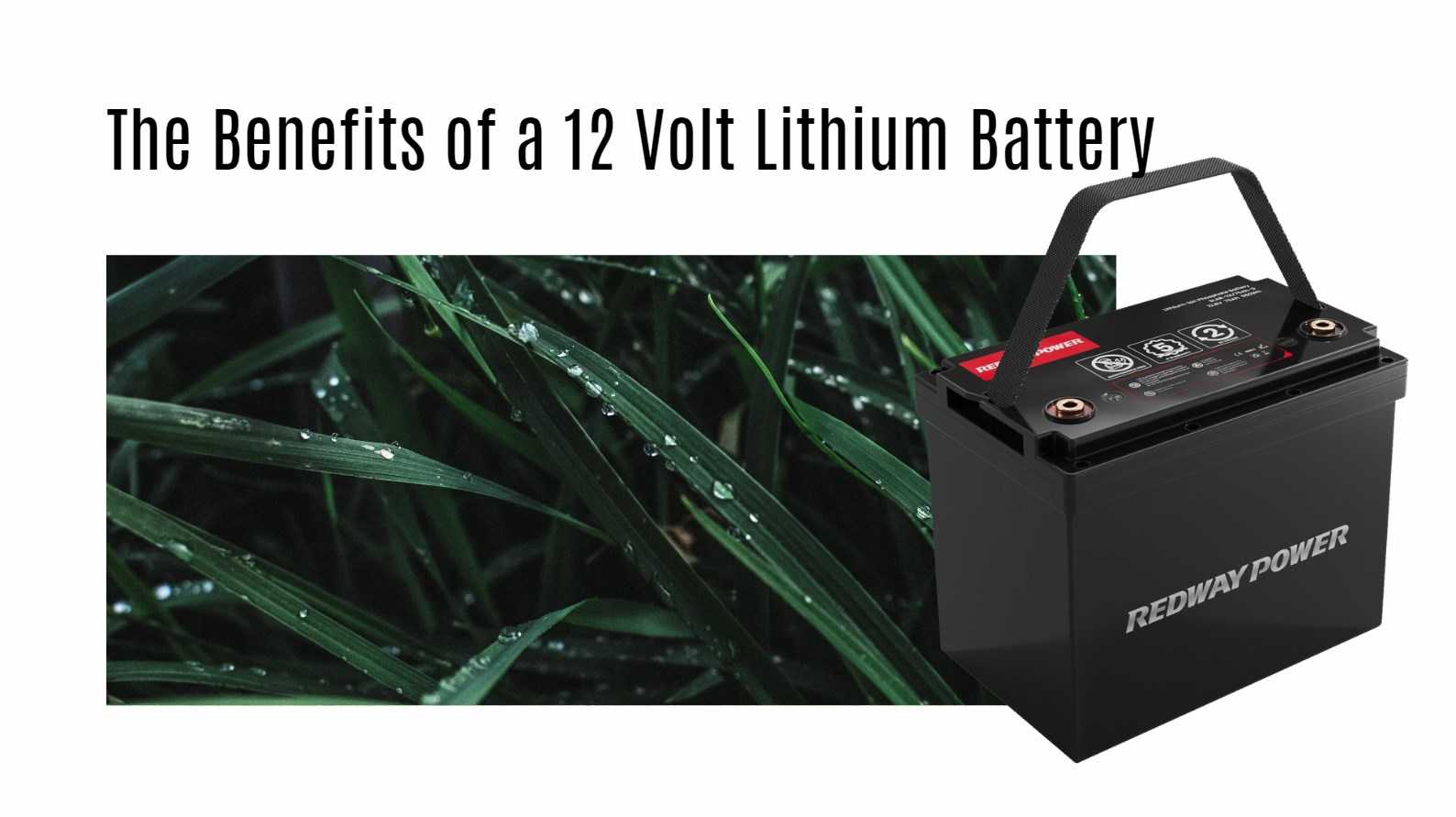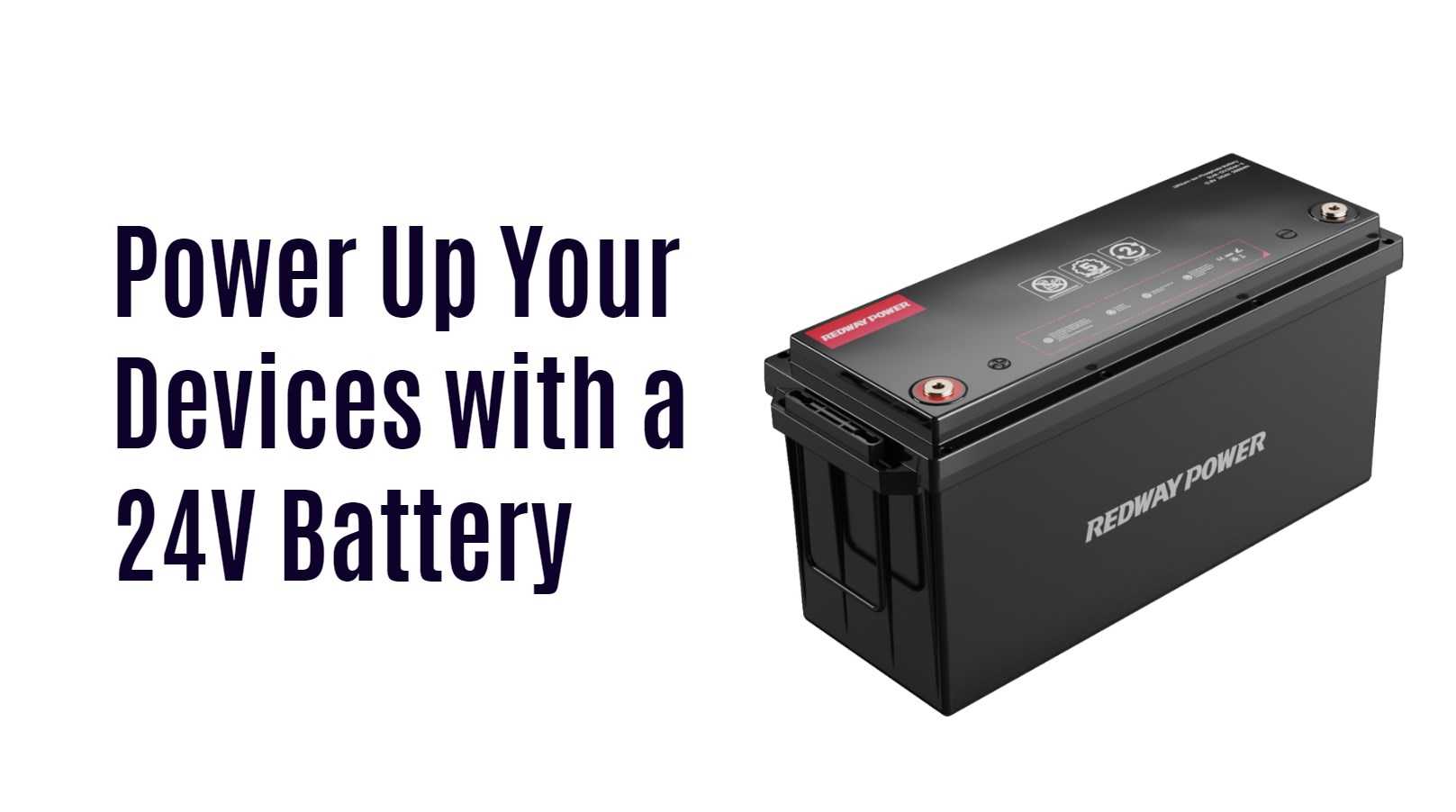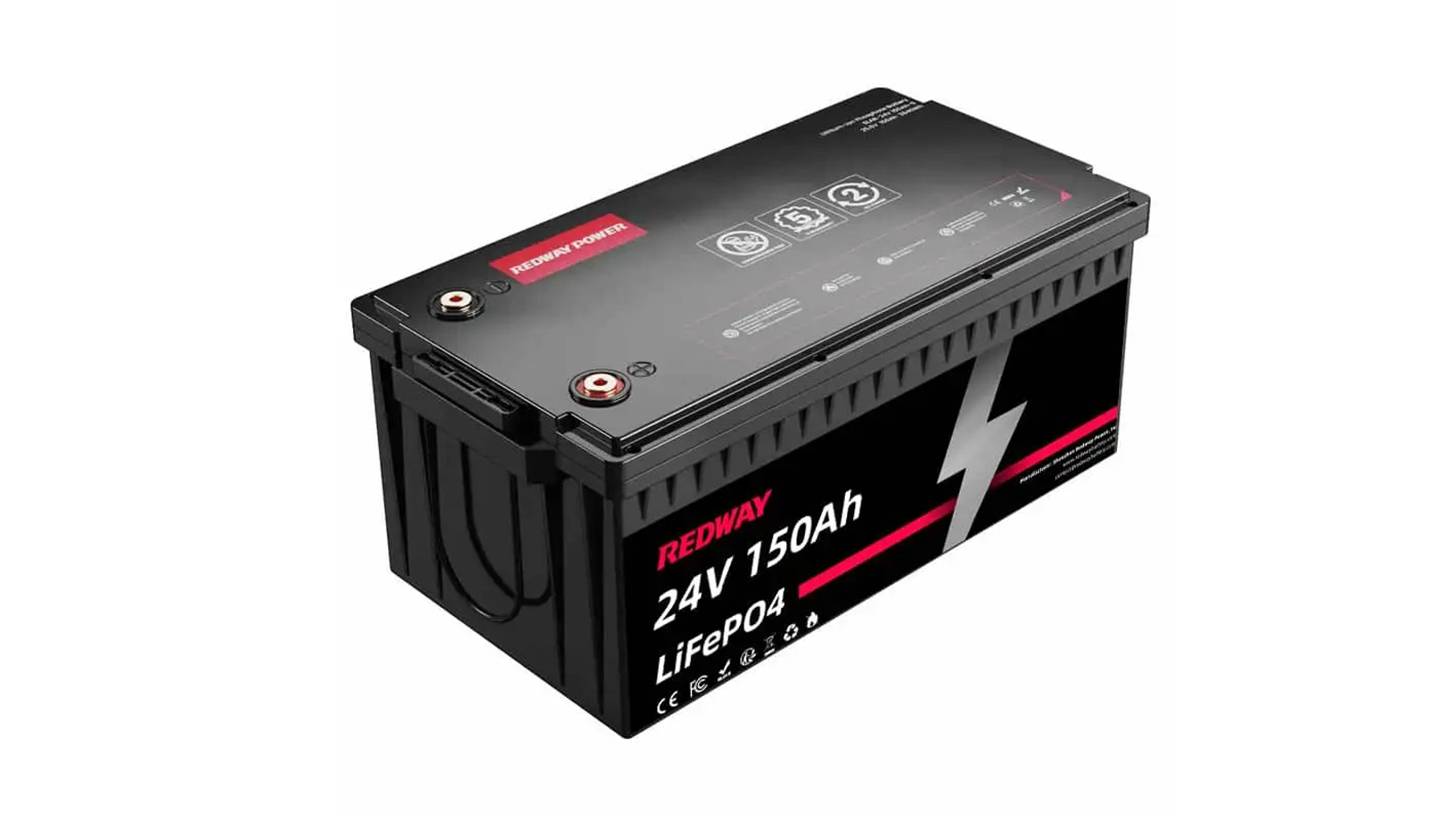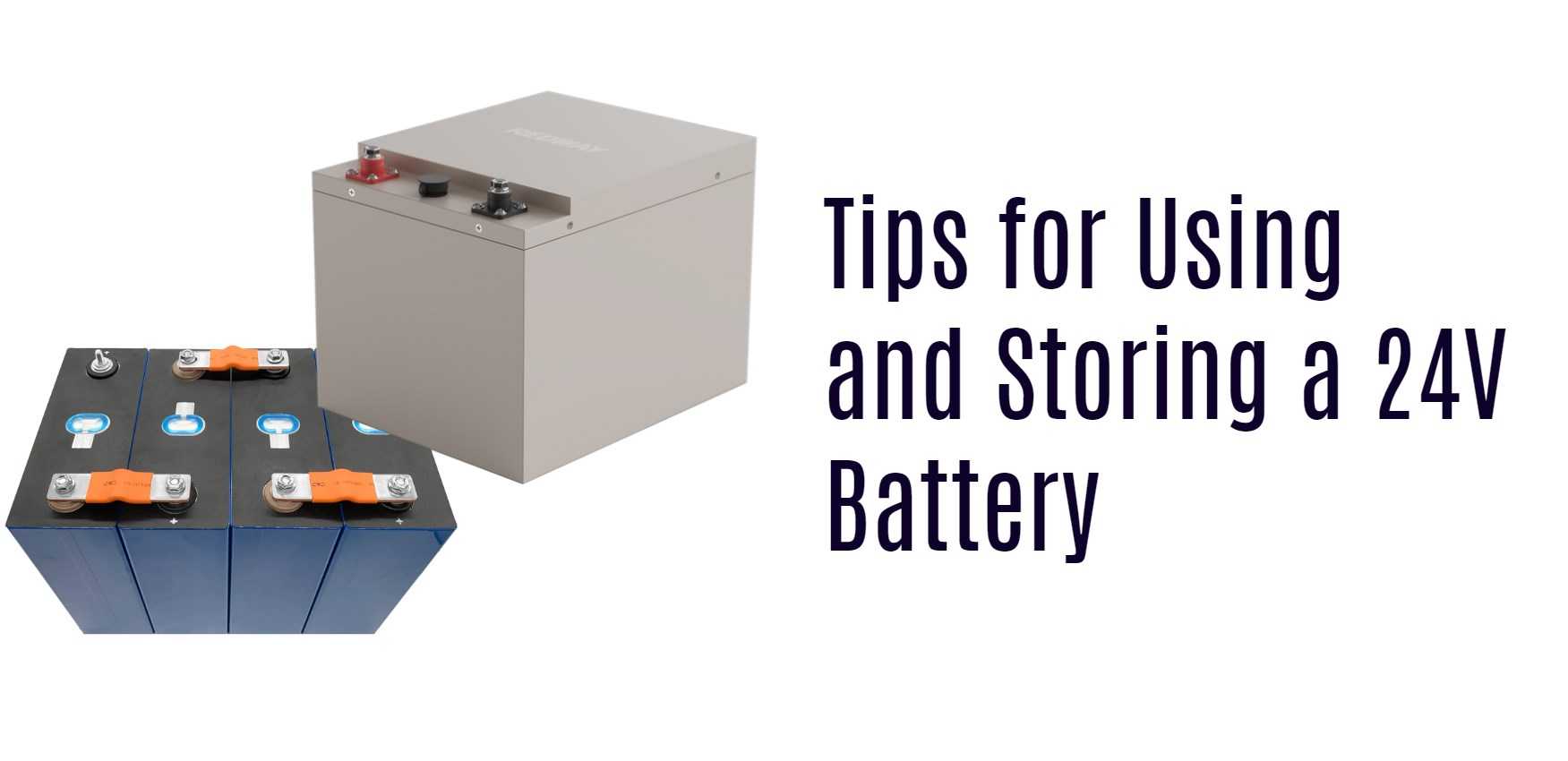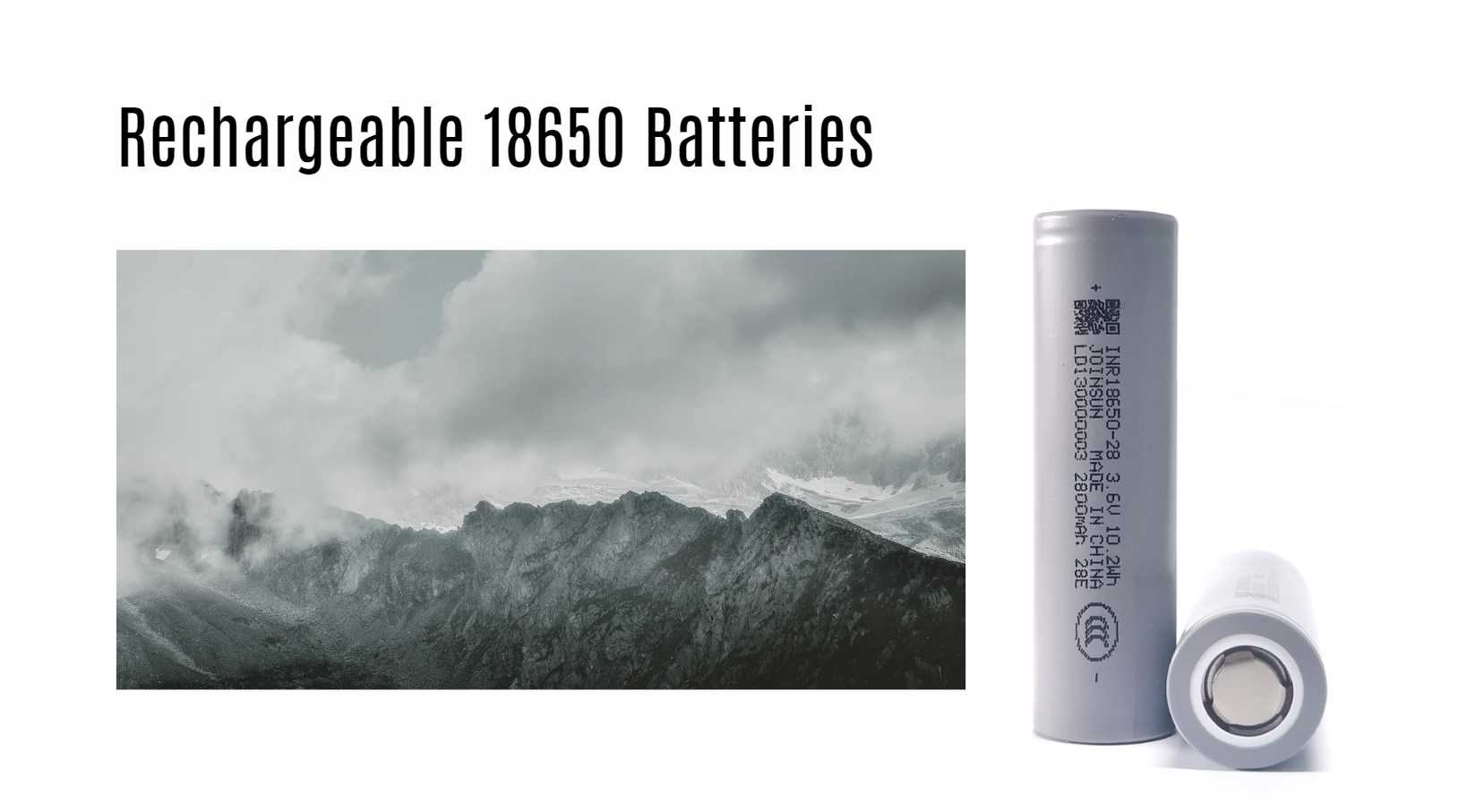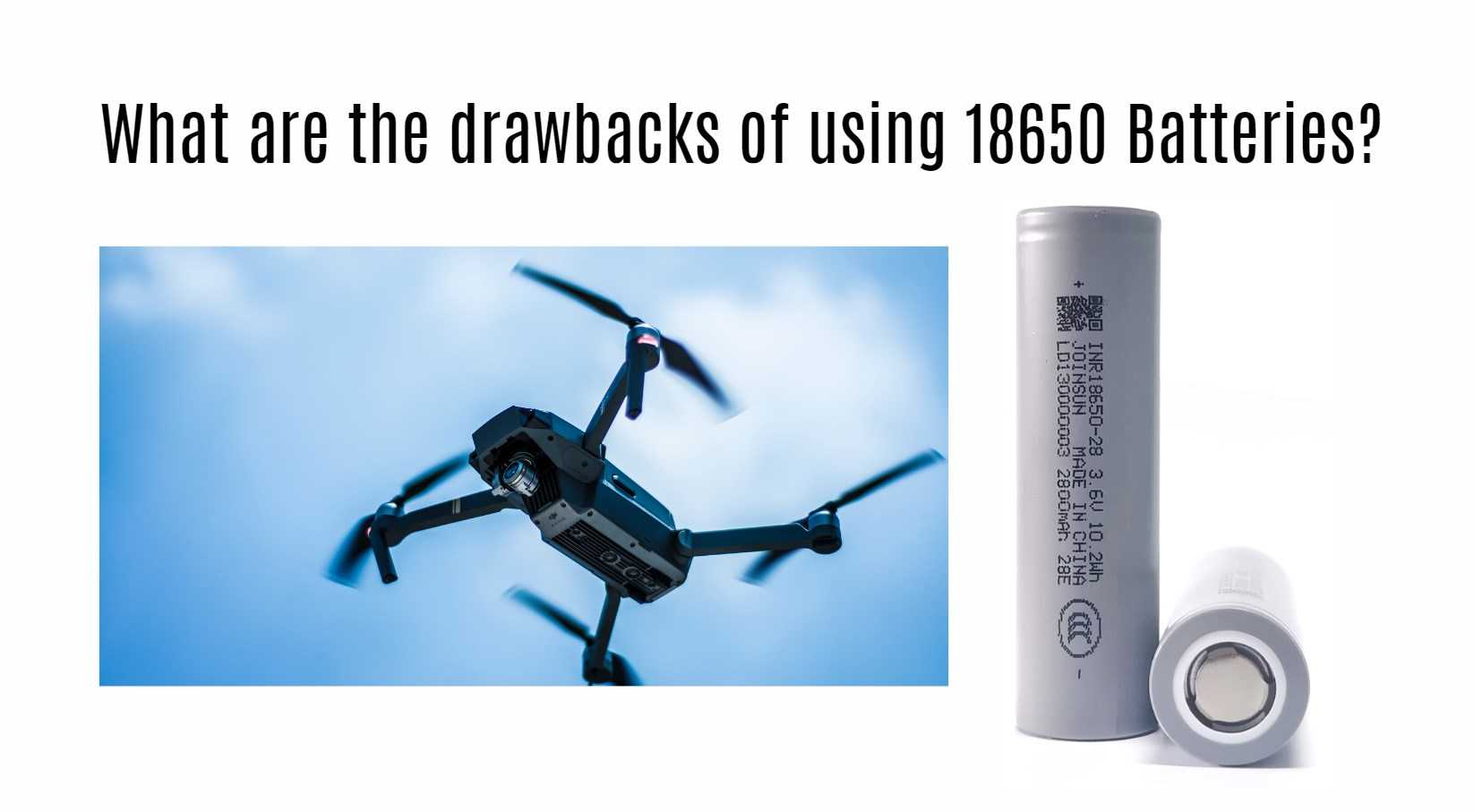The Convenience of Lithium Ion Batteries with Built-In Chargers
Are you tired of carrying around multiple chargers for all of your devices? Do you wish there was a more convenient way to power up on-the-go? Look no further than lithium ion batteries with built-in chargers. These innovative batteries combine the power source and charging capabilities into one, making it easier than ever to stay connected without the hassle of cords and adapters. In this blog post, we’ll explore the benefits of these batteries, how to choose the right one for you, and our top picks on the market. Say goodbye to tangled wires and hello to convenience!
What are lithium ion batteries with built-in chargers?
Lithium ion batteries with built-in chargers are a type of rechargeable battery that includes the charging circuitry within the battery itself. Unlike traditional batteries, which require external charging devices to power up, these batteries offer a more streamlined and convenient solution for powering your devices on-the-go.
These built-in chargers use advanced technology to efficiently charge your device while also preserving the longevity of both the battery and your device. They can be used in a variety of electronic devices, including smartphones, tablets, laptops, cameras, and more.
One of the main benefits of lithium ion batteries with built-in chargers is their convenience. With no need for additional cords or adapters, you can easily carry one battery to power all your devices without any added bulk or weight.
Another advantage is that these batteries have safety mechanisms built-in to prevent overcharging and overheating. This ensures both you and your device stay protected during use.
Lithium ion batteries with built-in chargers offer an easy-to-use alternative to traditional rechargeable batteries while providing efficient charging capabilities in one package.
The benefits of lithium ion batteries with built-in chargers
Lithium ion batteries with built-in chargers offer numerous benefits that make them a popular choice for various applications. One of the key advantages is convenience. With a built-in charger, you no longer have to worry about carrying around an external charger or finding an outlet to charge your device. This makes lithium ion batteries with built-in chargers ideal for people who are always on the go and need their devices charged quickly.
Another benefit of lithium ion batteries with built-in chargers is cost-effectiveness. Since you don’t need to purchase a separate charger, you can save money in the long run. Moreover, having a single unit also reduces clutter and simplifies charging processes by eliminating unnecessary cables and adapters.
Safety is yet another advantage of lithium-ion batteries with built-in chargers as they come equipped with advanced safety features like overcharge protection, over-discharge protection, short-circuit protection, and temperature control mechanisms which ensure optimal battery performance while preventing potential hazards such as fire or explosion.
Lastly but not least important is durability; Lithium-ion batteries are known for their extended lifespan compared to traditional rechargeable cells enabling users to enjoy more usage time between charges without worrying about replacing worn-out units frequently.
Choosing a high-quality lithium-ion battery that comes integrated with its own charging system can deliver significant benefits making it worthwhile considering when purchasing new electronic devices for work or personal use.
How to choose the right lithium ion battery with built-in charger for you
When it comes to choosing the right lithium ion battery with built-in charger for you, there are a few key factors to consider. Firstly, think about what devices you will be using the battery for and what their power requirements are. It’s important to choose a battery that can deliver enough power to meet your needs.
Another consideration is the capacity of the battery – this refers to how much energy it can store and is measured in milliampere hours (mAh). A higher capacity battery will generally last longer between charges but may also be heavier or bulkier.
You should also look at the charging speed of the battery – some models may charge faster than others, which can be useful if you need your device powered up quickly. Additionally, check whether the battery has any additional features such as overcharge protection or temperature monitoring.
It’s also worth looking at reviews from other users who have already purchased and used these batteries. This can give you an idea of any common issues or strengths that might not be immediately apparent from product descriptions alone.
Ultimately, choosing a lithium ion battery with built-in charger requires careful consideration of your own needs and preferences. By taking these factors into account when making your decision, you’ll ensure that you end up with a product that meets all of your requirements!
The top three lithium ion batteries with built-in chargers on the market
Looking for the perfect lithium ion battery with a built-in charger can be overwhelming, especially with so many options on the market. To make things easier, we have compiled a list of the top three lithium ion batteries with built-in chargers that you should consider.
First on our list is the NOCO Boost Plus GB40 1000 Amp 12-Volt UltraSafe Portable Lithium Car Battery Jump Starter Pack. This powerful and compact battery pack is perfect for jump-starting your car in an emergency or charging small electronic devices like smartphones and tablets. It has overcharge protection and can hold its charge for up to one year.
Next up is the Anker PowerCore+ 26800mAh PD 45W with Charger. This high-capacity power bank comes equipped with two USB-A ports, one USB-C port, and even includes a wall charger for convenient recharging at home or in the office. The PowerCore+ also features fast-charging technology that charges compatible devices quickly.
Last but not least is the RAVPower Portable Charger 20000mAh Built-in AC Outlet Universal Power Bank. This unique power bank allows you to plug in any device directly into its built-in AC outlet, making it ideal for powering larger electronics like laptops or portable DVD players while on-the-go. It also includes two USB ports for smaller devices and can recharge itself fully within just four hours.
These three lithium ion batteries each offer their own unique benefits and features that make them stand out from other options on the market. Consider your specific needs before making a decision to ensure you choose the best option for you!
Conclusion
To sum up, lithium ion batteries with built-in chargers are incredibly convenient and practical for anyone who needs a reliable power source on the go. They eliminate the need for extra wires, adapters, or bulky charging stations, making them ideal for travelers and outdoor enthusiasts.
When choosing a lithium ion battery with a built-in charger, consider your specific needs in terms of capacity, compatibility with devices you own or plan to purchase soon, and budget constraints. Don’t forget to read reviews from other users who have tried the product before making your final decision.
We recommend checking out our top three picks for the best lithium ion batteries with built-in chargers on the market: Anker PowerCore Fusion 5000mAh Portable Charger and Wall Charger 2-in-1; iMuto 30000mAh Portable Charger X6 Pro; RAVPower Portable Charger 6700mAh External Battery Pack Power Bank.
Investing in one of these products will not only save you time but also provide peace of mind knowing that you’ll never run out of battery when it matters most. So go ahead and make your life easier by getting yourself a lithium-ion battery with a built-in charger today!

